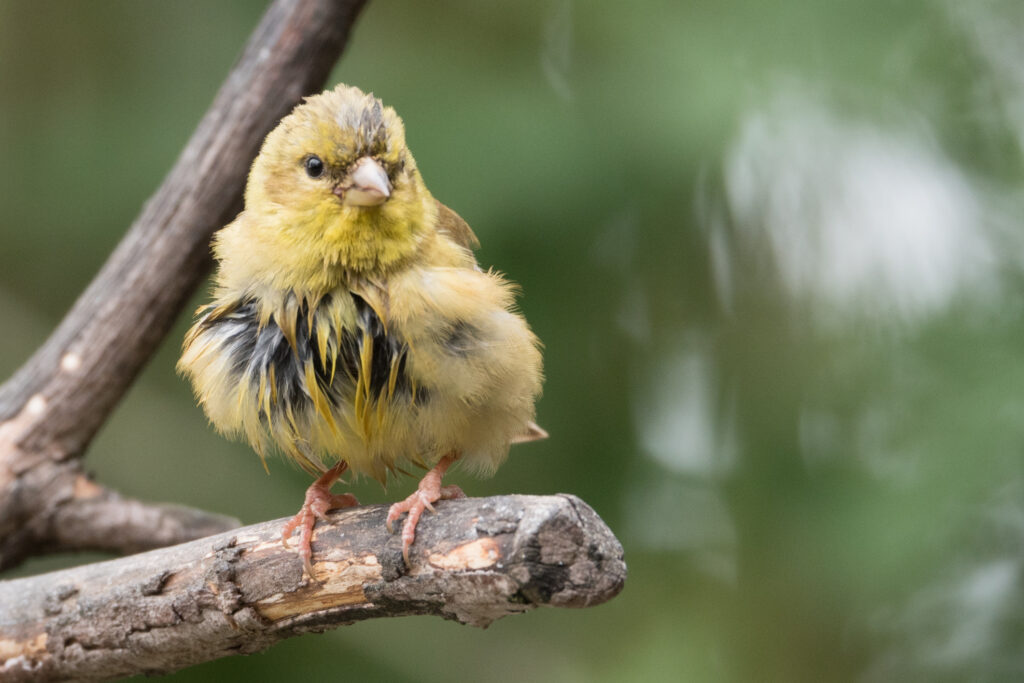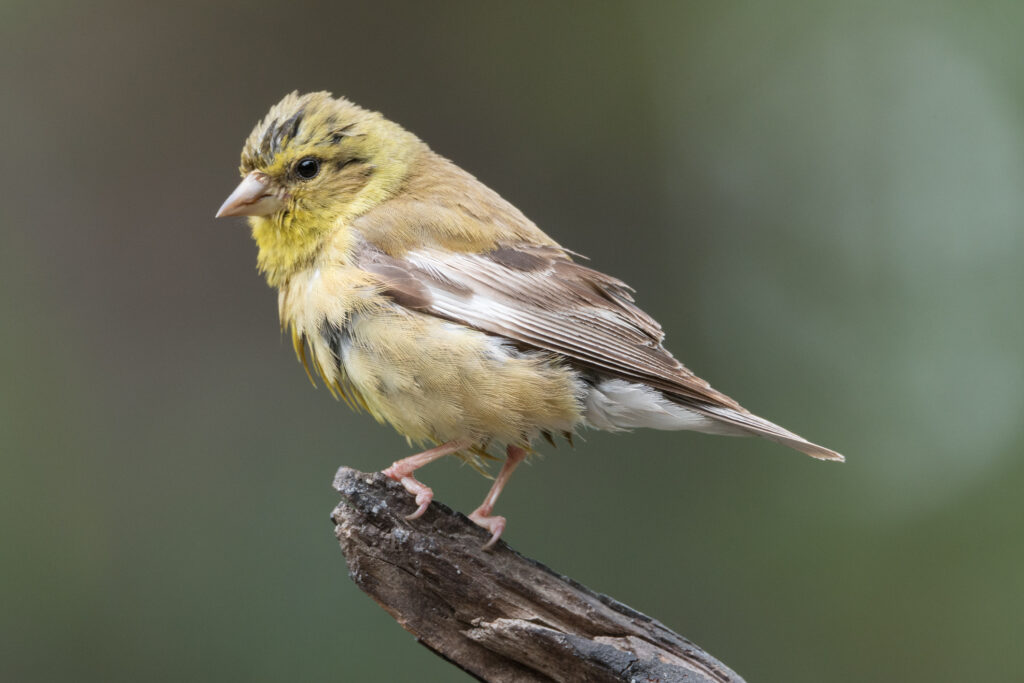I had a good day of photography on July 22. The day began overcast (perfect for birding photography) and I spent about two hours photographing birds in the yard before the sun broke out around noon. In about two hours I spent in the yard I took almost 300 photos. I had only one somewhat unusual visitor (a juvenile Black-headed grosbeak) but our usual visitors were unusually amenable to photos, posing on staging objects placed strategically around the yard.
This photo is of a juvenile Red-breasted nuthatch. We’ve had at least two families visit the yard this spring/summer.
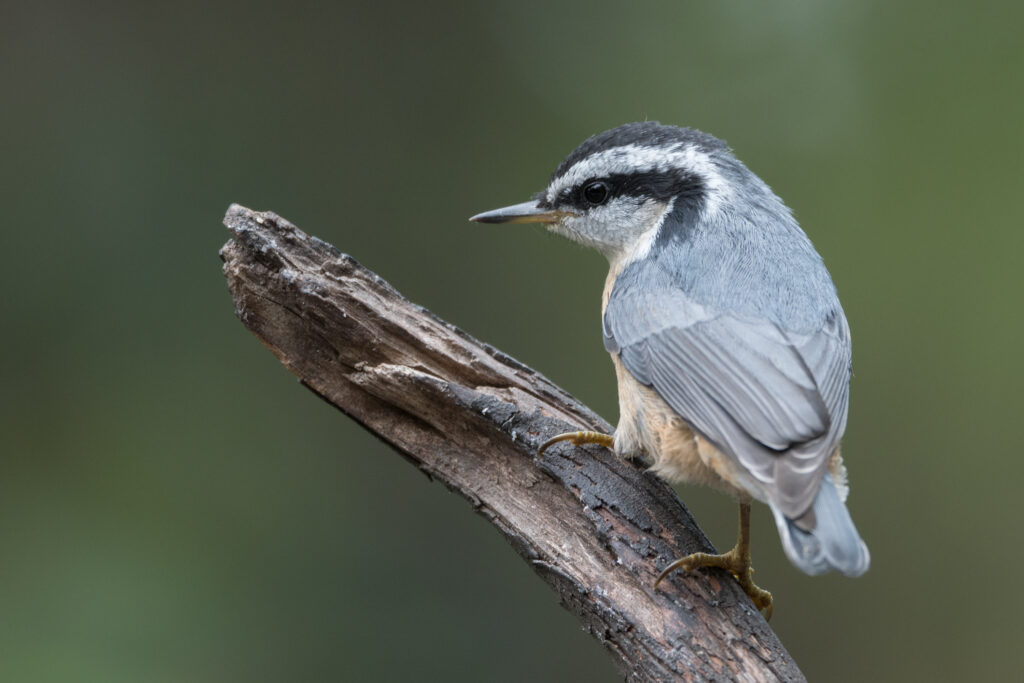
We’ve had several successful Black-capped chickadee families visit the yard. This is another juvenile.
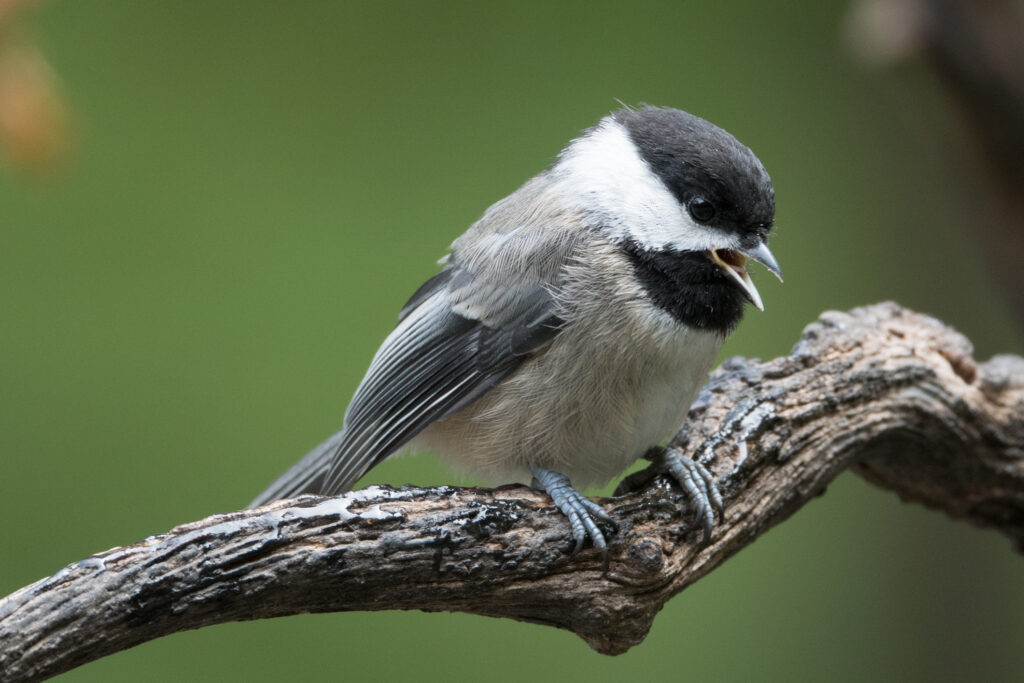
This Chestnut-backed chickadee has been in the yard for several months now. As you can see, it has a severely deformed right leg which sticks backwards at an angle and is totally useless for perching and across-the-ground mobility. It flies well but is somewhat shaky on perches and standing. It even manages to access the inverted suet feeder and seems to be dealing with its handicap very well!
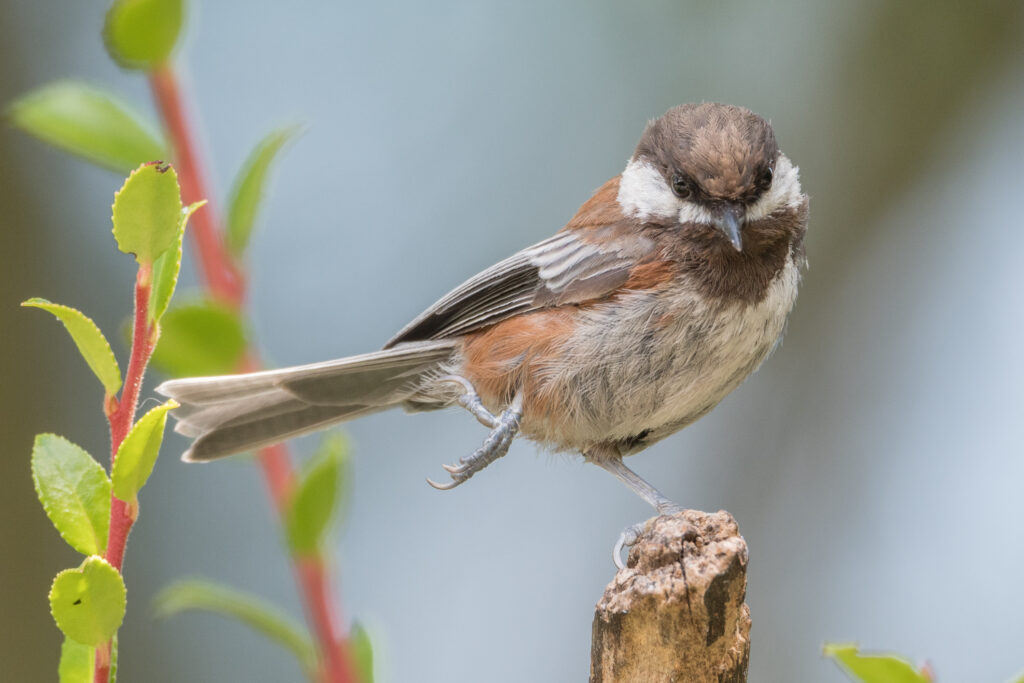
One or two Eurasian Collared doves have returned to the yard after a several month absence. Last fall/winter we had as many as six (too many!) but a neighbor saw a Peregrine falcon thin the ranks by a couple of birds almost in our yard.
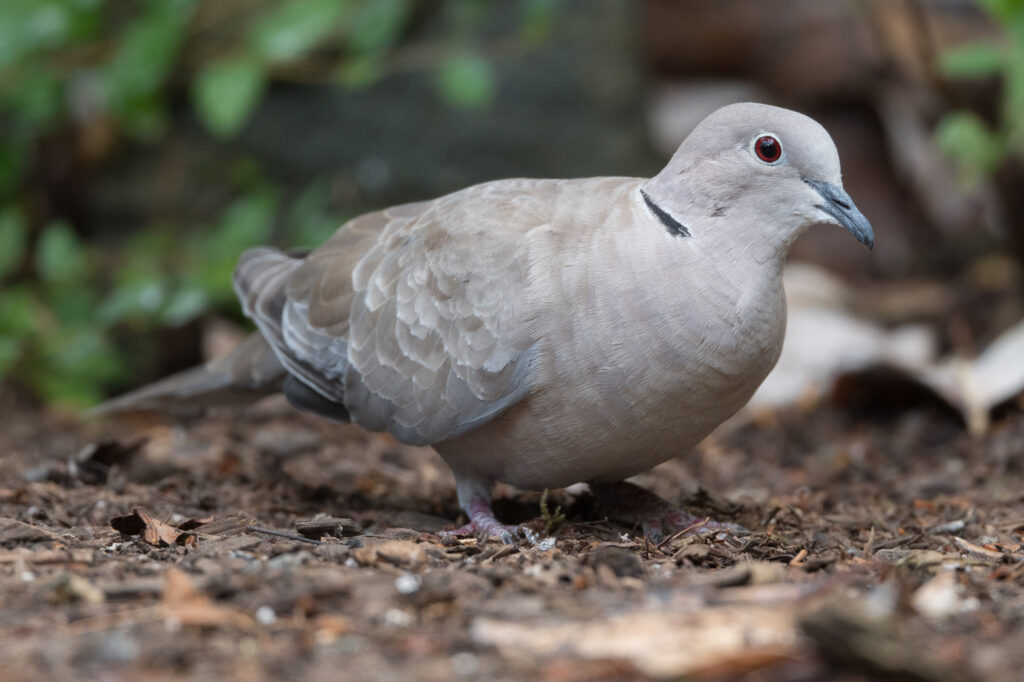
We’ve been almost overrun with Northern flickers in the neighborhood. I monitored a nest in the neighborhood for several weeks which netted many photos. The adults of more than one family are now visiting the yard and juveniles are abundant! This juvenile was very cute with it’s feathers ruffed up… it and a sibling were being fed suet by an adult male.
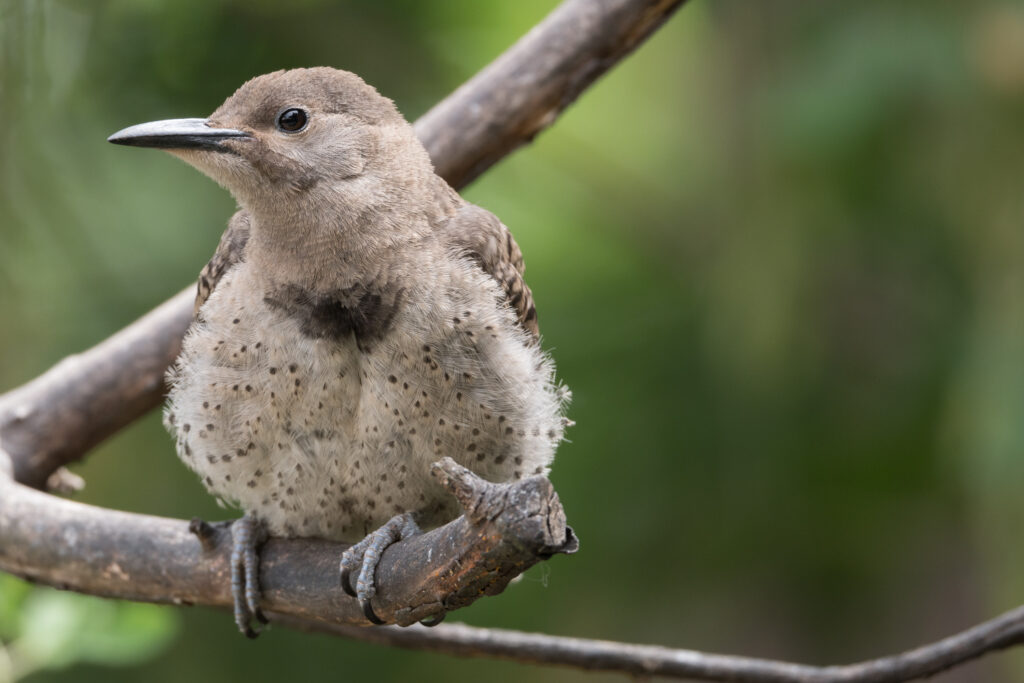
We’ve had a good many hummingbirds this season but I haven’t been able to get as many photos as in past seasons. We rather severely pruned our salivas last season and the cold weather this spring probably didn’t help… they seem to be rather late blooming. The adult male Rufous hummingbirds have apparently already migrated. This Rufous hummingbird is feeding on one of my favorite salvias.
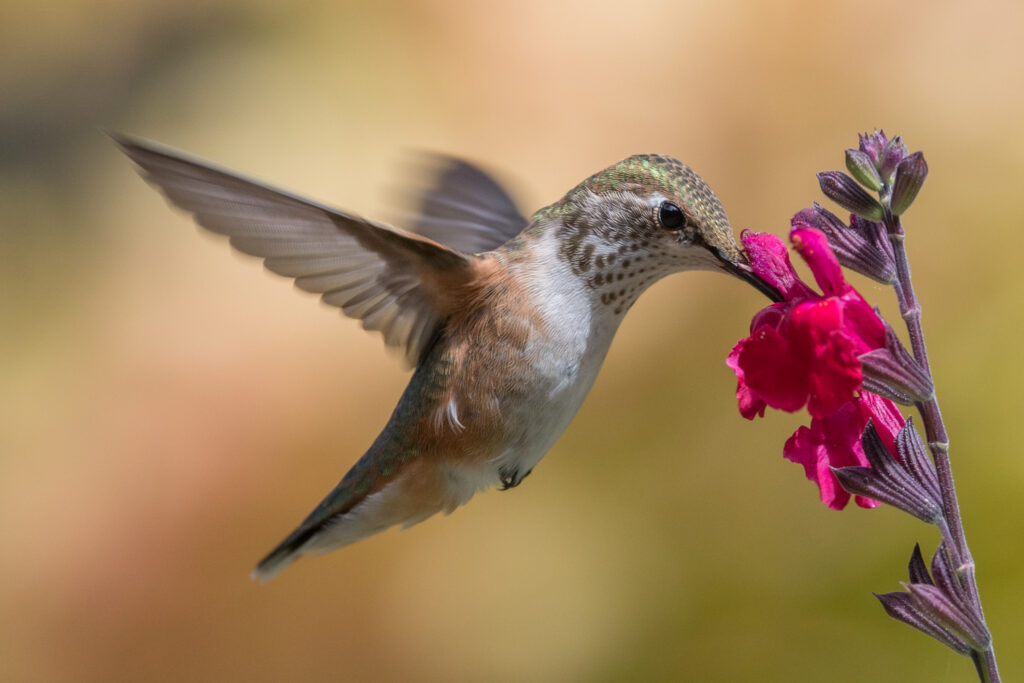
Saving the best for last, I noticed this apparent juvenile American goldfinch on staging sticks near the watercourse. Its breast (only) appears wet although I didn’t actually see it in the water. The interesting thing about this bird is that in 20+ years of birding and in taking hundreds of American goldfinch photos (both wet and dry), I can never remember having seen or photographed one with black underlying feathers on the breast.
